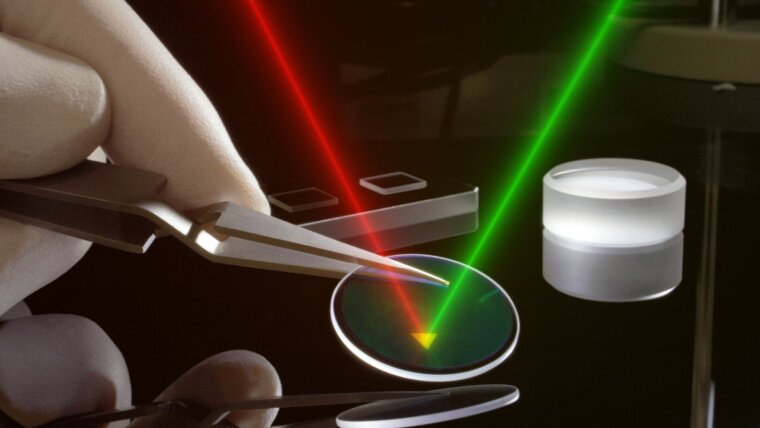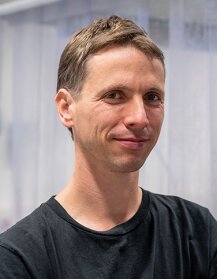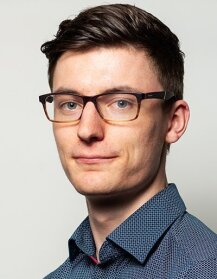
- Light
- Forschung
Published: | By: Ira Winkler
An international team of researchers led by Maximilian Weißflog with the participation of scientists from Jena, Canberra and with support from Darmstadt has made a significant advance in quantum optics. In their latest publication in the renowned Nature Communication Journal, the scientists present a novel method for generating entangled photon pairs using two-dimensional (2D) materials. This development could open the door to quantum encryption on mobile devices.
Miniaturized source for entangled photons
The source for entangled photon pairs presented in the paper is remarkably small: with a size of just 10x10x10 micrometers (µm), it can be easily integrated into compact devices. This is a significant advantage over conventional sources for entangled photons, which are often bulky and complex to handle.
Adjustable entanglement
Another outstanding feature of this new source is its adjustability. The type of entanglement of the photon pairs generated can be modified by the pump laser used. This flexibility opens up a wide range of possible applications, particularly in the field of quantum communication and quantum encryption. Mobile devices could benefit from this technology in the future by providing secure communication channels based on the principles of quantum mechanics.
International cooperation
One mayor factor of this success is the collaboration between the Friedrich Schiller University Jena, the Australian National University in Canberra and additional contributions from the Technical University of Darmstadt. This international cooperation within international Research Training Group (IRTG) 2675 "Meta-Active" IRTG underlines the importance of global collaboration in science to achieve technological breakthroughs.
Potential applications and future prospects
The ability to create entangled photon pairs on such a small scale and with tunable properties could have far-reaching implications for the development of quantum computers and quantum communication systems. For mobile communication and portable devices in particular, this opens up a new field that has so far remained untapped due to the size and complexity of the technology required.
The results of this research mark a significant step towards practical applications of quantum optics and could form the basis for future developments in secure data transmission.
The next research goal is to increase the generation rate by quasi-phase matching and to integrate the source into monolithic cavities with high quality in order to improve the pair generation rate. The integration of these sources into photonic chips will also be explored to develop QKD devices en miniature. In addition, the use of novel materials and metasurfaces will be investigated to create even brighter and more versatile sources.
The full paper has been published in Nature Communication and provides detailed insights into the methods and results of this groundbreaking study.
Publication: Weissflog, M.A., Fedotova, A., Tang, Y. et al. A tunable transition metal dichalcogenide entangled photon-pair source. Nat Commun 15, 7600 (2024).


Albert-Einstein-Straße 6
07745 Jena Google Maps site planExternal link